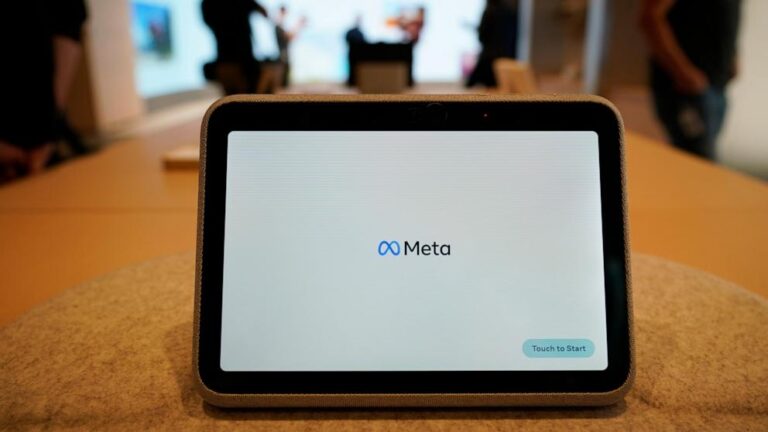A detailed study of political ads on Facebook by researchers at Syracuse University found that misleading and deceptive ads are rampant.
WASHINGTON — An online ad aimed at Donald Trump supporters was clear: “Click here to get your free Trump 2024 flag and commemorative coin. All you have to do is fill out a short survey and provide your credit card number to pay $5 shipping and handling.”
“Just take a quick survey to show your support for Trump and you’ll receive two free gifts,” the ad’s narrator says.
The ads, which appeared on Facebook, YouTube and other platforms, did not mention the $80 charge that would later appear on people’s credit card statements – and those who clicked were scammed.
Political advertising on social media is one of the best ways for candidates to reach out to supporters and raise campaign funds, but as a new Syracuse University report shows, weak regulation of online advertising and spotty enforcement by tech companies has also made them a major source of misleading information about the election and an easy way for scammers to target victims.
“There is little regulation of the platforms,” said Jennifer Stromer Gary, a professor at Syracuse University’s Institute for Democracy, Journalism, and Civics who led the research for the ElectionGraph project, “leaving Americans vulnerable to misinformation, disinformation, and propaganda.”
Stromer’s study looked at more than 2,200 groups that ran ads mentioning one of the presidential candidates on Facebook or Instagram between September and May, spending a combined total of about $19 million on the ads and garnering more than 1 billion views.
Ad-related data (published by Meta, which owns Facebook) found that both right-wing and left-wing ads targeted older voters more than younger ones, with right-wing ads more likely to target men and progressive ads more likely to target women.
Overall, conservative-leaning organizations bought more ads than progressive-leaning groups, and immigration was the issue most often featured in right-wing ads, while economic issues dominated progressive ads.
Many of the ads contained misleading information or deepfake video or audio purporting to show celebrities crying during a speech by former first lady Melania Trump. Stromer Ghaly said falsehoods about urban crime and immigration were particularly prevalent.
While most of the groups paying for the ads were legitimate, some seemed more interested in obtaining users’ personal financial data than supporting a particular candidate. Partnering with data science firm Neo4j, Stromer-Garry found that some of the pages shared common creators or ran virtually identical ads. When one page disappeared (presumably removed by Facebook moderators), another quickly popped up to take its place.
Many of these pages were selling Trump-related merchandise, such as flags, hats, banners and coins, or promoting fictitious investment schemes, with the real aim apparently being to obtain users’ credit card information.
The ad promising free Trump flags was posted by a group called Liberty Defender Group. Emails sent to multiple addresses listed for the company went unanswered and a phone number for a company representative could not be found. One website associated with the group has moved away from politics and now sells devices that it claims improve the energy efficiency of homes.
Meta removed most of the network’s ads and pages after researchers discovered the activity earlier this year, but the ads still appear on other platforms. The company said it bans content that could promote fraud or undermine the operation of elections and will remove ads that violate its rules. It also urges users to avoid clicking suspicious links or giving personal information to untrusted sources.
“Do not respond to messages asking for passwords, Social Security numbers or credit card information,” the company said.
The Trump campaign, which has no known ties to the network, did not respond to messages seeking comment.
The Syracuse researchers were able to study ads on the Meta platform because other companies don’t release such information, leaving the public in the dark about the true amount of misinformation and scams spreading on social media, Stromer-Garry said.

